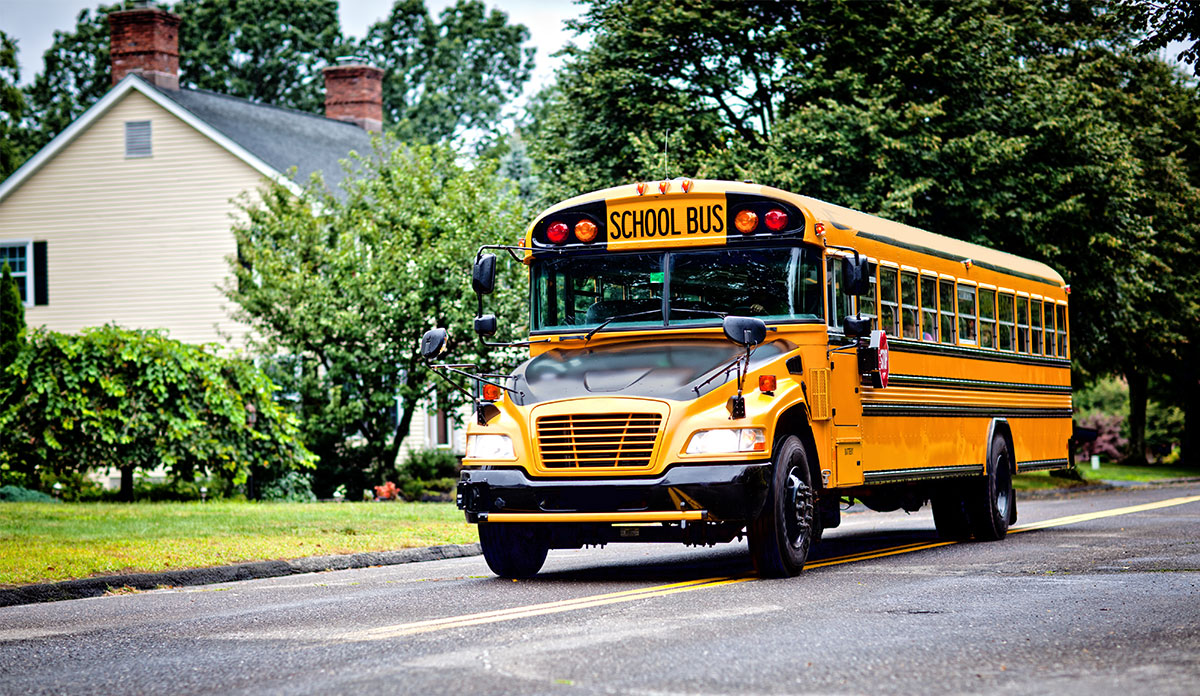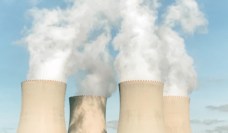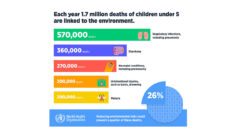When you consider “public transportation,” you might picture workers commuting on trains and buses. But with nearly half a million school buses transporting more than 20 million children, the American school bus fleet is 2.5 times the size of the rest of the combined mass transportation.
Nearly all school buses run on diesel fuel. Air pollution inside diesel buses is up to 12 times higher than outdoor levels. Breathing diesel exhaust can lead to asthma and respiratory disease and can worsen existing heart and lung disease, especially in children. Exposure to the types of pollutants emitted in diesel exhaust has also been associated with lower cognitive test scores. Children from low-income communities are particularly exposed: 60% of students from low-income families ride the bus to school, compared to 45% of students from higher-income families.
The 2021 $1.2 trillion Infrastructure Investment and Jobs Act has allocated $2.5 billion for electric school buses and $2.5 billion for clean alternative fuel buses. With this influx of federal money, electric school buses are an increasingly viable option for school districts. A 2022 literature review report from a group of environmental organizations found that the unique characteristics of school buses make them ideal for energy storage and emergency power. Another recent study found that switching to a clean bus for long school bus commutes reduced average daily air pollution exposure by more than half for all pollutants.
Cities are already electrifying their school bus systems. In Boston, Mayor Wu has committed to replacing the city’s fleet of 700 school buses with electric vehicles by 2030. The funds to purchase the first 20 buses will come from Boston Public School’s operating budget and federal coronavirus stimulus funds from the American Rescue Plan Act.
Bus electrification will be key to reducing health disparities from transportation pollution.
In Massachusetts, activists from under-resourced communities at greater risk from environmental hazards such as Dorchester, Mattapan, Chelsea and Lynn, have called for the electrification of all city buses, not just school buses. Low-income people and communities of color bear the brunt of environmental pollutants from vehicle emissions, which in turn are tied to chronic respiratory and cardiovascular diseases. More communities of color live near major roads compared to the total population, increasing their immediate exposure to motor vehicle emissions. When these exposures are long-term, they increase risk of death from COVID-19 and other diseases.
The Massachusetts Bay Transportation Authority operates one of the largest transit agencies in the country. In April 2021 the MBTA released a fleet and facility plan update stating that the agency will continue to purchase diesel hybrid buses while gradually converting its bus fleet to zero emission technologies over the next two decades. In September 2021 a group of Massachusetts nonprofit organizations analyzed the economic, environmental and public health benefits of electrifying the MBTA’s fleet of buses.
The report found that fully electrifying the MBTA’s buses would reduce the fleet’s greenhouse has emissions by 97%, save the MBTA more than $175 million in lifetime operating costs, and save area residents approximately $9 million per year in avoided healthcare costs. The results also indicated that MBTA’s own plan collected the appropriate data on low-income households and households of color, but did not prioritize those communities when planning route upgrades. The report recommends that the MBTA commit to full bus fleet electrification in the next 10-20 years, as Los Angeles, San Francisco, Chicago, New York, and Seattle have done, and to prioritize updates and bus electrification in low-income neighborhoods and communities of color.
Bus electrification will be key to reducing health disparities from transportation pollution. With finite transportation system resources, data driven decisions are needed to identify the regions where environmental justice will be served. This means starting the bus electrification process where it would relieve the greatest transportation health burden. Electrifying school buses is a crucial first step toward protecting the most vulnerable from air pollutants, while promoting low-carbon transportation systems that will benefit all.
Photo via Getty Images














